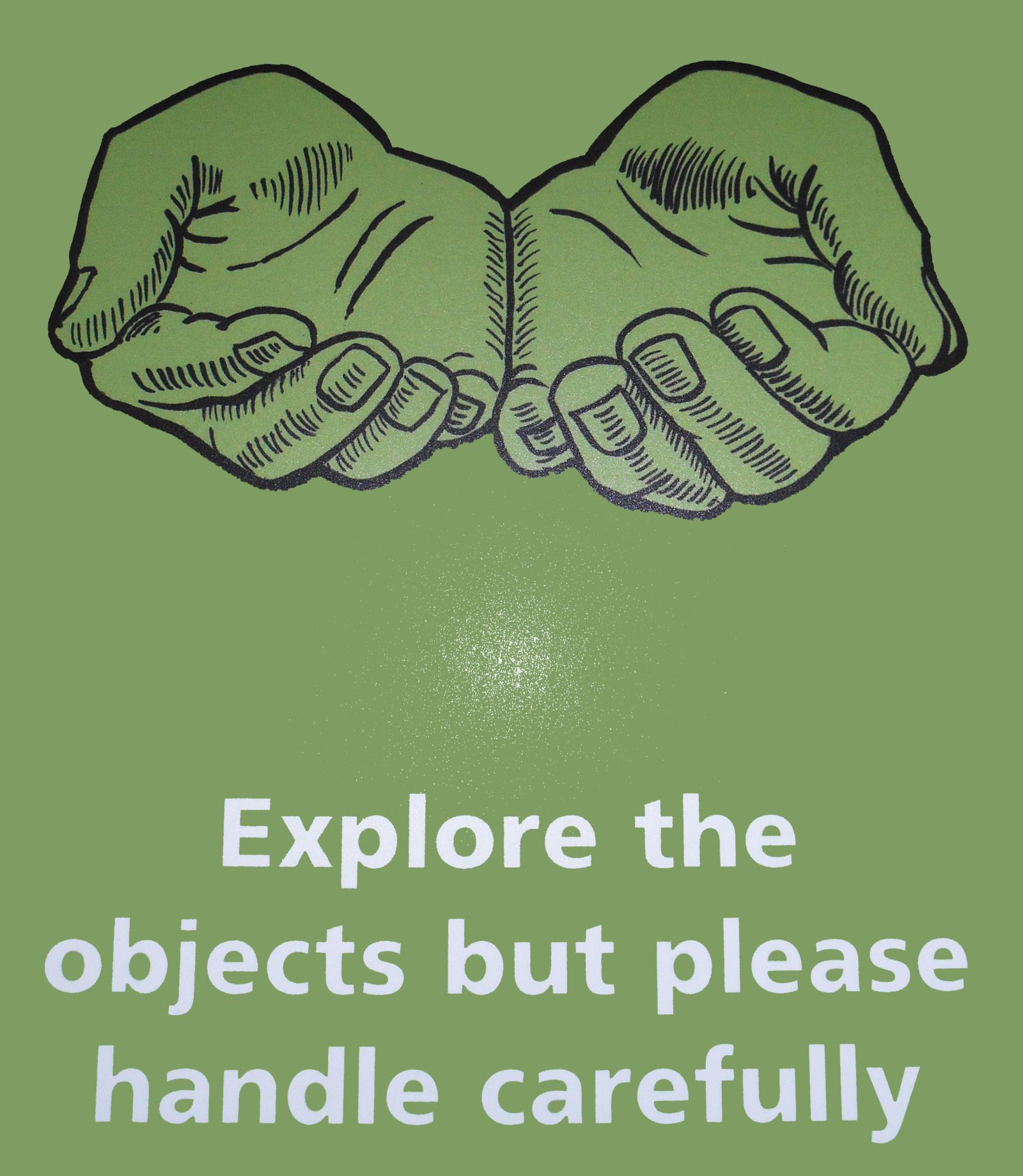The plight of the museum conservator
, 17 Hydref 2015
Conservators are a misunderstood race. When we start talking about what we do (conservation, of course), many people see us cuddling pandas and elephant babies. Some of us do indeed work with elephants – but generally only long after their demise. Because we protect not the living from dying, but the dead from decaying.
Natural and cultural heritage (for a definition, please see here) does not last forever. In fact, heritage can be incredibly ephemeral. In the museum context, just think of all the materials we hold in store: paper, wood, bone, feathers, leaves, glass, ceramics – all things that can break or decompose easily. But this just happens to be what your heritage is made of. All those objects making up our cultural treasure chest are in constant danger of breaking, getting mouldy, being eaten by insects, falling apart.
It is the job of your friendly museum conservator to make sure your children and your children’s children will still have that cultural reference point in many years to come. This requires a lot of work, all of the time – the rot never sleeps. Usually, only when things go wrong do conservators end up in the news. Most of the time, these highly skilled and experienced people go about their jobs unseen, in laboratories and studios deep in the bowels of museums, or in the galleries long after closing time.
To be a conservator today requires years of training, and rightly so – our heritage is too precious to risk gluing a beard back on wonky and with the wrong type of glue. The National Museum’s team of 20 conservators cares for approximately three million objects. These collections are hugely varied: the museum collects helicopters, microfossils, skeletons, oil paintings, mobile phones, harps and 18th century ball gowns. Conservation is therefore definitely for the specialist.
Restoring a painting, cleaning a Viking sword or preparing a fossil dinosaur skull, let me tell you, is really not easy. If you want to do it well it takes knowledge of materials, history and analytical sciences, experience and skill. Is it any easier to store things? Well, no, actually, to store objects correctly – that is, without inviting decay – the store must be dry (but not too dry!), cool, clean, free from pests, well organised, and have the right type of shelving for whatever we are storing.
Do you now want a chance to find out what a conservator is and what they really do? If you have a coin bring it along to our first Museum Conservators Open Day – we’ll show you what it’s made from during half term week: 27th October 2015 at National Museum Cardiff. You can play the X-ray game (perfectly safe, promise!), find out what creepy-crawlies are eating our collections and your wardrobe at home, and try your hands at conservation skills. All for free from 10am to 5pm!
